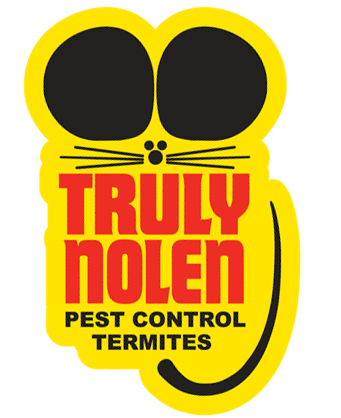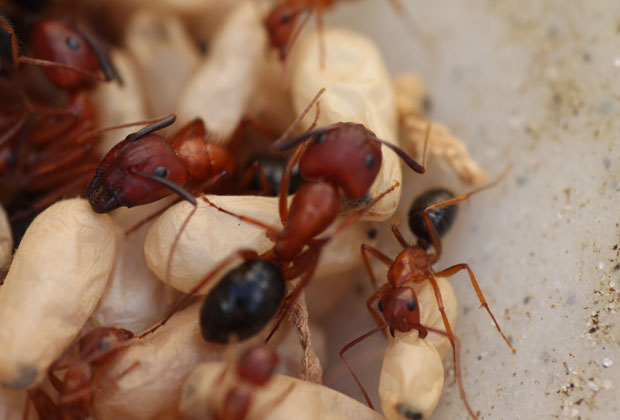Because harvester ants build mounds that make infestation sites of these pests highly visible, some homeowners feel comfortable with recognizing where harvester ant mounds exist on their properties and steering clear of them. However, harvester ant stings can prove fatal to young children or pets that may wander onto your property.
In a commercial setting, business owners should contact a professional pest control company such as Truly Nolen to eradicate harvester ant nests. They should consider this a preventive measure to incurring legal issues associated with harvester ant stings and to improve the physical appearance of commercial properties.
Some homeowners find success in using baits to help control harvester ant infestations. Because some harvester ants use pheromone trails and the orientation of the sun to locate food sources, placing baits along the paths they travel can help reduce the size of colonies.
But here’s the thing: Western harvester ants can travel long distances in search of food, while other species of harvester ants exhibit different foraging behaviors. Also, while red harvester ants leave scent trails marking their routes, California harvester ants leave their nests one at a time, traveling in all directions without leaving trails.
Simplify your harvester ant infestation concerns. Contact Truly Nolen to treat mounds and eliminate the risks involved with harvester ant stings and the ongoing damage to your lawn and garden.


